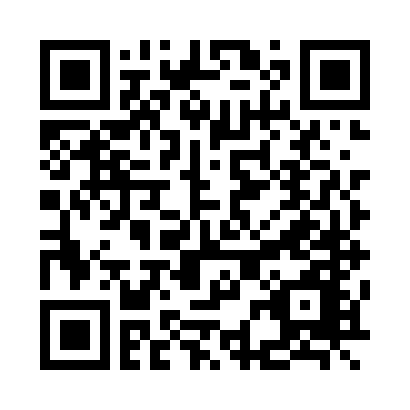It’s common knowledge that the environment you grow up in plays an important role in who you become. It’s equally interesting that this environment also shapes us genetically and linguistically.
Check out: How Languages and Genes Evolve Together
.
Listen
.
Glossary
- disperse – distribute or spread over a wide area
- novel – interestingly new or unusua
- scratch an itch – satisfy a desire
- fault line – a line on a rock surface or the ground that traces a geological fault
- yield – produce or provide
.
Think about it
Answer the questions below.
- What theory does the author describe as “intuitive but difficult to prove?”
- What does the study show about languages and genes?
- What are microsatellite polymorphisms?
- What “itch has been scratched” by the researchers?
- According to the study, what happens to languages in isolation?
.
Practice makes perfect
Fill in the blank spaces with the correct forms of the words in CAPITAL LETTERS.
The scale of the research is ________ IMPRESS. “Our study directly ________ COMPARISON the signatures of human demographic history in microsatellite polymorphisms from 246 worldwide populations and complete sets of phonemes for 2,082 languages,” the researchers write in their report. (Microsatellite polymorphisms are short DNA sequences that vary from person to person.)
These data have been ________ AVAIL for some time, but never examined in the same place. “The thing we’ve done that no one else has is match worldwide ________ GENE populations to their languages, so that you’re looking at a ________ COMPARISON set,” said Nicole Creanza of Stanford University, one of the report’s authors.
Using this new dataset and novel statistical techniques, the researchers were able to scratch an itch linguists and demographers have struggled to reach, showing that language and genes do in fact share similar ________ GEORGAPHY fault lines.
.
Explore it more
(500)
Podcast: Play in new window | Download





